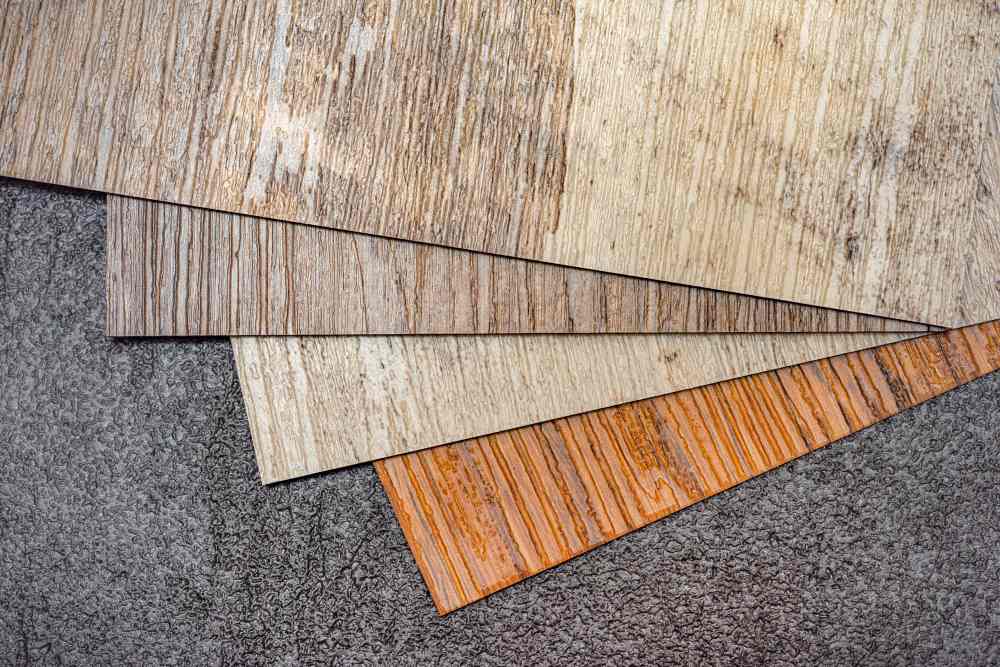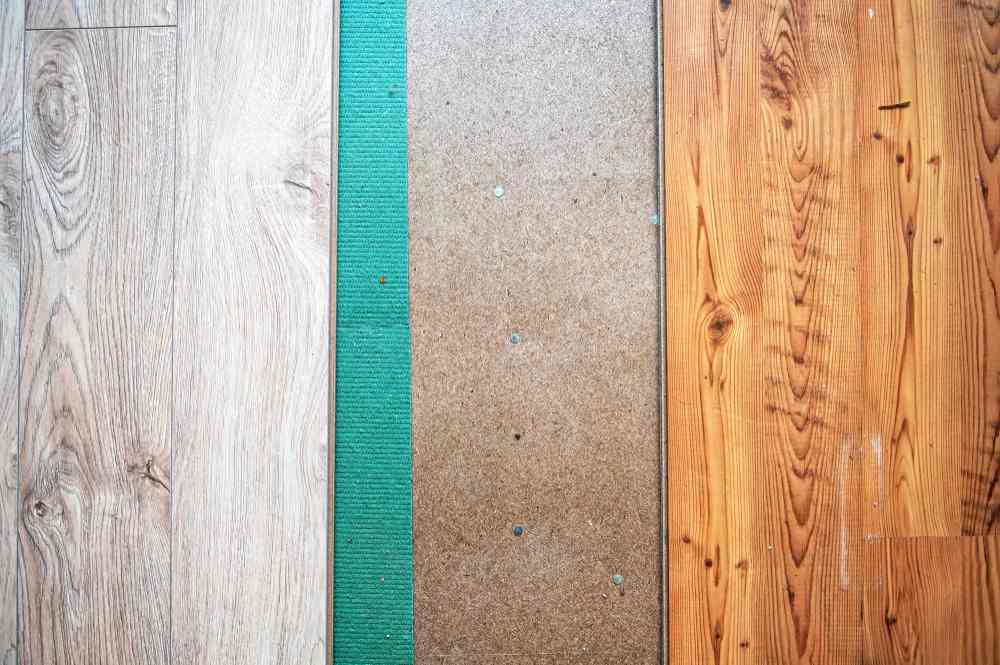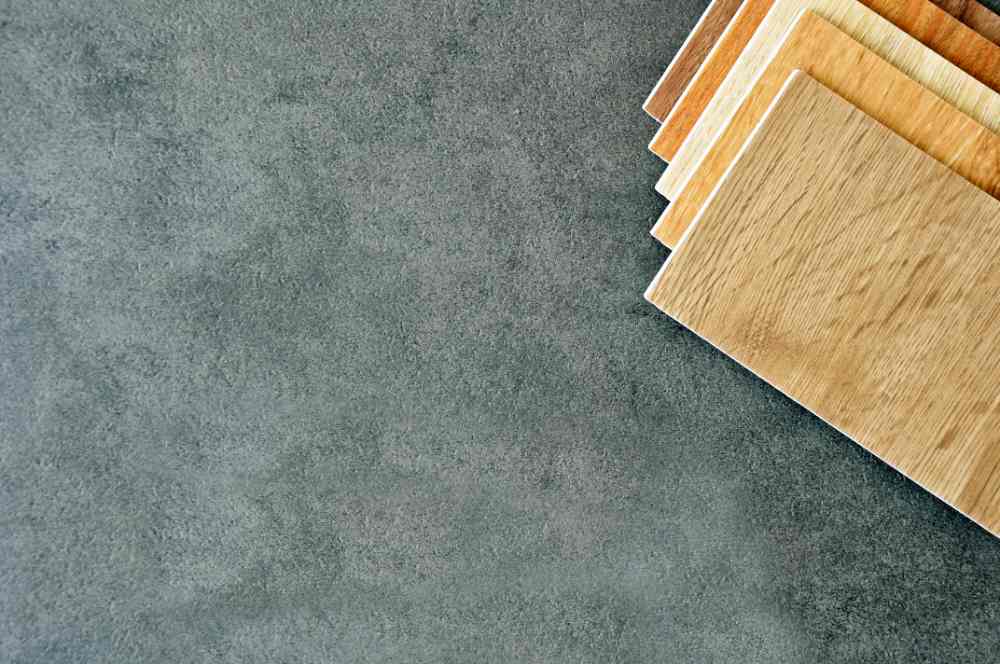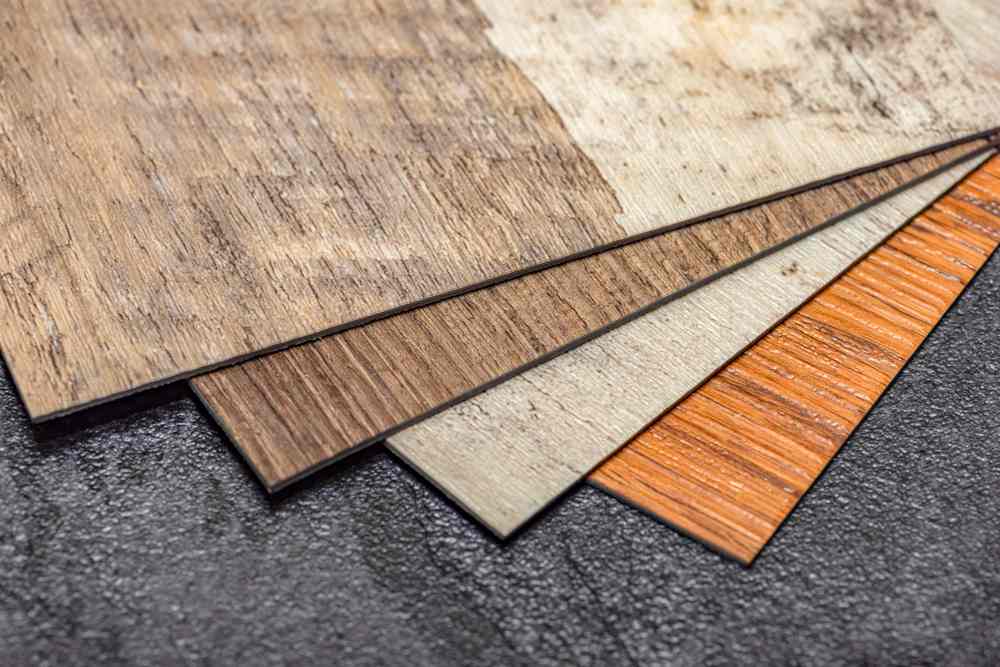
Order by phone 0121 433 3389
- FREE Samples
- Lowest Price
- Fast Delivery

Order by phone 0121 433 3389
All Carpets include FREE Fitting & FREE Delivery : Prices start from £3.99 m2

Flooring is a crucial element for any space that influences its functionality and aesthetics. With the advancement in technology, there have been many possibilities for creating stylish materials, and a substantial debate has arisen about choosing between vinyl and linoleum.
Selecting the right material for your space can be daunting, as you have to consider the type of materials, cost, durability, maintenance, and aesthetics. Before purchasing any flooring, you must ensure it meets your needs and aligns with your lifestyle while guaranteeing a long lifespan.
Whether you care about water resistance, desire the realistic look of wood, or prefer eco-friendly options, we can help you choose the best one by explaining the main distinctions between these two flooring types that cover durability, installation ease, cost, and environmental effects. Let’s explore these flooring options together!
Vinyl flooring is composed of synthetic materials, which include resins, plastics, and fibreglass. It is available in multiple colours and patterns and is great for high-traffic and splash-prone areas such as kitchens and bathrooms. Compared to linoleum, these artificial materials last longer and resist water. This type of flooring comes with easy installation and needs minimal maintenance during its expected life cycle. It comes in three forms:
The name “linoleum” originates from natural linseed oil, a key ingredient in producing linoleum flooring. This type of flooring also contains wood flour, pine resin, cork, and mineral fillers. These renewable materials and their eco-friendly qualities make linoleum an excellent choice for green design projects. When sealed properly, linoleum forms a solid, water-resistant layer, allowing it to outlast vinyl flooring. This durability makes it suitable particularly for kitchens, bathrooms, and other spaces which are prone to moisture and humidity.
Linoleum is easy to clean and resists water, making it practical for these environments. However, wet linoleum can become slippery, so textured options may not always provide the best grip. With time, linoleum may show signs of ageing and will eventually need to be replaced.
When considering linoleum flooring, there are three main types to take into account:
Feel Free To Get In Touch With Us To Get A Quote Over Different Laminate Flooring Service

Vinyl flooring and linoleum are similar in cost, cleaning, and appearance. While there is healthy debate about which is better, there are important differences to consider when selecting the right option for your design project.
Vinyl flooring features a printed design under a clear wear layer, which offers multiple colours, patterns, and images. This allows for lively and realistic appearances like those of other flooring materials. However, the durability of vinyl flooring relies on the strength of the wear layer, which can become damaged with time. The older vinyl floor often shows worn spots that reveal the PVC core underneath.
Linoleum, in contrast, is a robust and colour-fast material. The colour and pattern are embedded throughout its entire thickness, not merely printed on the surface. While this characteristic may restrict design options, it allows the flooring to age gracefully, showing minimal deterioration over many years. Even after a long period, old linoleum retains the same vibrant colour and pattern as when it was first installed.
Vinyl flooring offers multiple benefits over traditional materials, particularly regarding moisture resistance. Its waterproof nature makes it an ideal option for installation in wet areas such as bathrooms, kitchens, and basement areas, where humidity and spills are common occurrences. This resilience helps prevent water damage and mould growth, guaranteeing a safe and hygienic environment.
Linoleum is somewhat water-resistant, which makes it superior to hardwood in resisting water damage. However, it must be sealed properly at least once a year for ensuring its protection. If linoleum is exposed to stagnant water, it can curl at the corners and edges. This renders it a poor choice for places where water is used or where humidity is present, such as bathrooms and laundry rooms. On the plus side, linoleum handles heat better than vinyl. It usually doesn’t melt easily and doesn’t catch fire or release harmful fumes, thanks to its natural materials.
Feel Free To Get In Touch With Us To Get A Quote Over Different Laminate Flooring Service

Commercial spaces need durable, easy-to-clean, and visually attractive flooring. Luxury vinyl has become popular because it is strong and simple to maintain. Its versatile designs make it suitable for different commercial settings, including retail stores and offices. This flexibility helps businesses create welcoming spaces that match their branding while ensuring lasting quality.
Linoleum flooring is durable and strong, making it a popular choice. However, regular care is needed to keep it looking good and working well over time, which can be a drawback for busy places with a lot of foot traffic, as constant maintenance may be hard for some businesses. Linoleum is made from natural materials like linseed oil, cork dust, and wood flour, making it eco-friendly. Therefore, it’s an excellent choice for businesses focused on sustainability and reduced environmental impacts.
Vinyl is very versatile, allowing you to select one that goes well with your preferences. Many styles and designs are available, blending durability with timeless appeal to match your interior design, furniture, and décor. Vinyl can resemble stone, wood, mosaics, and tiles, making it a popular choice.
Linoleum’s natural properties limit its styles and designs to vinyl. However, the lino’s colours and patterns are embedded deeper, giving it a longer lifespan. This means that the colours and designs in linoleum can handle more foot traffic than vinyl. While it may offer fewer design choices, linoleum is more durable under heavy use.
Linoleum installation is generally more challenging than vinyl, often needing specialist help. The sheets are more difficult to cut and require specific installation tools. Sometimes, linoleum sheets are adhered directly to the subfloor, with seams welded together to ensure a smooth finish. Alternatively, linoleum can also be installed using a convenient “click-lock” method, which allows the tiles to connect without needing glue, facilitating a simpler process.
Feel Free To Get In Touch With Us To Get A Quote Over Different Laminate Flooring Service

Vinyl sheets require minimal upkeep—just a damp mop and occasional sweeping. They’re also durable and less likely to get damaged by shoes or everyday use. However, vinyl flooring has a design layer on top of a solid PVC layer, which can sometimes wear down and show the solid core layer.
Linoleum is a robust flooring choice because it is more solid than vinyl sheets. However, it requires more upkeep and can have problems with water resistance. For example, linoleum must be sealed once or twice a year and is more susceptible to scratches and dents, which can leave unwanted marks on the floor.
Vinyl flooring is usually less expensive than linoleum. When bought in sheets, it costs about £10 to £60 per square foot, while luxury vinyl planks can range from £20 to £80 per square foot. Overall, vinyl flooring is considered a budget-friendly choice but does not increase a home’s resale value.
Linoleum flooring is more affordable than hardwood or ceramic. If you buy it in sheets, it costs around £12–£40 per square foot, while in tiles, it can be around £20–£40. The cost difference between linoleum and vinyl is compensated by its long lifespan. Although linoleum flooring is not usually regarded as a way to boost a home’s value, it can be appealing for buyers who prioritise eco-friendly materials.
Vinyl flooring can handle some drops without breaking, but it feels cold and hard, especially over concrete. It’s quieter than materials like ceramic tile or laminate.
Linoleum is softer and more comfortable to walk on than other flooring options and provides a warm and inviting surface for your home.
If you’re searching for expert advice for your kitchen flooring project, the knowledgeable and experienced team at JJ’s Flooring Services is here to help! You will get detailed guidance on all your linoleum and vinyl flooring options, covering everything from maintenance to installation and design ideas that will fit your space perfectly. Don’t hesitate to reach out today—we can’t wait to connect with you!
Quick Links
Categories
Address:
1428 Pershore Road Stirchley Birmingham B30 2PH
Mobile:
0121 433 3389
Email:
contact@jjsonline.co.uk
Copyright 2025 | JJ's Flooring | All rights Reserved.
Order in Confidence with Secure Online Payments
We accept all major credit & debit cards.